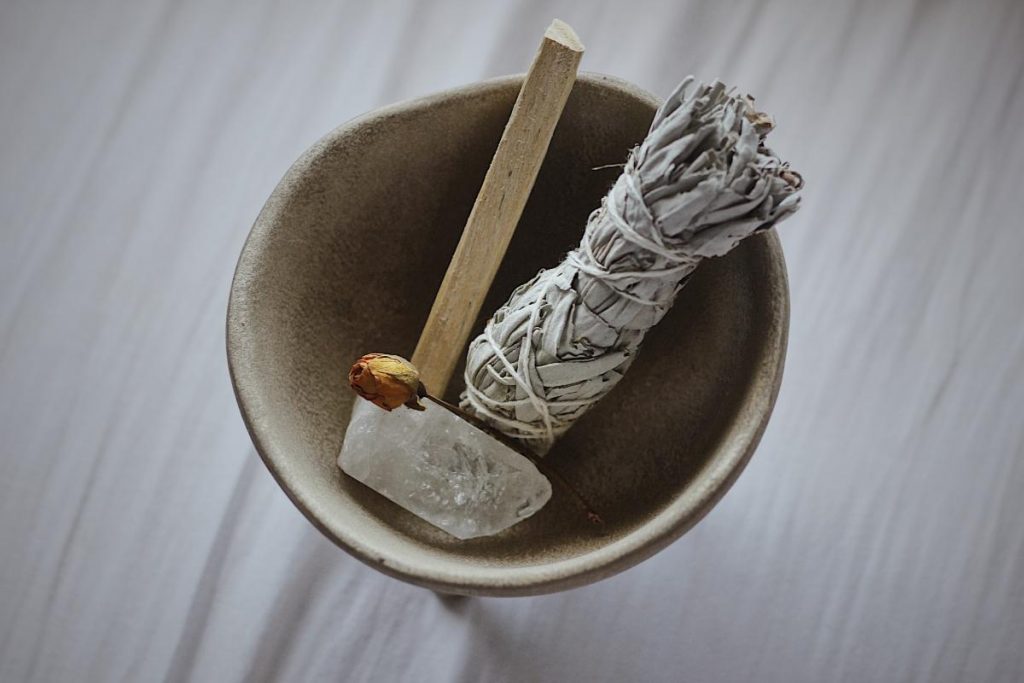Although this week’s newsletter is devoted to what Twyla Tharp declares “a philosophical tug-of-war,” on a daily basis I encounter a less lofty version of that game.
It’s mostly an evening activity, usually when I’m finally ready to kick back and relax, and it happens invariably whenever Bobby, Malibu’s dad, comes by to drop him off.
That’s when Vlad insists on a completely non-philosophical, entirely human|canine tug-of-war, one in which he’s quite unrelenting and passionate.
Indeed, his commitment is strong enough that he will not let go, even when grown men swing him around full-circle in the air, like a kettlebell.
In this ADHD world, Vlad’s passionate focus is increasingly enviable.
In any case, since the theme this month is Creativity––new meditation HERE––I am focused on a different kind of tug-of-war dynamic.

Namely, the misconception that when it comes to creativity––or frankly, almost anything else––discipline and freedom are opposites.
In fact, nothing could be further from the truth.
Indeed, Twyla Tharp declares this as her central theme not just in the title of her book The Creative Habit but also quite directly in its first chapter:
“Creativity is a habit,
and the best creativity
is a result of good work habits.”
In a nutshell, rather than patiently waiting for moments of heaven-sent inspiration, she declares that the creative battle is entirely about rolling up your sleeves––or in her case, showing up in the empty rehearsal space––and getting to work.

Rick Rubin also writes about the relationship of discipline and habits in his book The Creative Act: A Way of Being.
Rubin even advocates a reduction in daily life-maintenance tasks to increase the “bandwidth available for creative decisions.”
As examples, he reminds us that Einstein wore the same thing every day.
So did the composer Erik Satie, who apparently had seven identical grey velvet suits made, one for each day of the week.
In this quirky equation, every superfluous decision one eliminates = more space for creativity to flourish.

Besides reducing the less essential decisions of our lives, simplifying things in this way can create rituals, rituals which become a powerful invitation for our creativity.
In fact, in my own life, it happened more or less organically.
One day I realized that I had somehow adopted donning a particular sweater as part of my own creative routine.
It signaled to my psyche that a very specific activity was about to begin, that I was showing up for work.
Again, as Rubin writes, rather than forcing yourself into a routine that is oppressive or unsustainable, you must:
“Find the sustainable rituals that best support your work.”
When it comes to your creative tasks, this could be as simple as defining a reasonable Minimum Daily Writing Requirement…
Or having a consistent start time….
…Or lighting a favorite candle….
Or playing a particular piece of music that invokes your muse, or, as I say, donning your favorite grey cardigan before firing up your laptop.
(How perfectly fitting that you can get creative when it comes to designing your own Creativity Ritual).

Beyond this, the conversation around creative discipline is far more than just offering practical hacks to foster productivity.
This is a tug-of-war Twyla Tharp defines as:
“The perennial debate,
born in the Romantic era,
between the beliefs that all creative acts are born of
(1) some transcendent, inexplicable
Dionysian act of inspiration,
a kiss from God on your brow
that allows you to give the world The Magic Flute, or
(b) hard work.”
To which she concludes:
“If it isn’t obvious already,
I come down on the side of hard work.”
And, for what it’s worth, so do Vlad and I.

Speaking of The Magic Flute, Twyla validates her position specifically by busting through the myths around Mozart’s genius.
(This is perhaps somewhat ironic, just FYI, since she choreographed the dances and directed the opera sequences for Milos Forman’s Amadeus, a hugely popular, winner of the Best Picture Oscar, cinematic proponent of that very misconception.)
Anyway, essentially Tharp writes that while no one can take away Mozart’s innate talent,it’s all too easy to ignore how hard he worked.
In fact, Mozart advocated this position himself, writing to a friend:
“People err who think my art comes easily to me. I assure you, dear friend, nobody has devoted so much time and thought to composition as I.”
When you study not only his incredible work habits, but also his training which began in his earliest childhood, it’s perhaps more accurate to say that Mozart’s success embodies Thomas Edison’s famous quote that:
“Genius is 1% inspiration
and 99% perspiration.”
(Just FYI: In researching that quote, the earliest sources sometimes give the ratio as 2% and 98%. Thus, apparently, one’s level of genius does allow some wiggle room on whether 1 or 2% perspiration is required.)

Speaking of developing foundational habits (and perspiration), I also love this passage (via Rubin) from John Wooden, the most successful coach in college basketball history.
At the dawn of each season, facing a new squad of elite young athletes, this is how Wooden always began his practices.
“The first thing I would show our players at our first meeting was how to take a little extra time putting on their shoes and socks properly.”
You can just imagine the reactions of these (very tall) 18 year-old jocks.
Eager to run and jump and show off their physical prowess, on their first day of collegiate practice, they’re given this kind of remedial instruction instead.
Wooden is quite clear exactly why he did this, and it’s motivated by far more than reducing blisters.
As with Mozart, he knew that outstanding success is not just about winning a genetic / talent lottery.
It’s about habits and discipline on the most fundamental level or, as Wooden concludes:
“It’s the little details that make the big things come about.”

Yes, there are definitely times where it’s quite annoying to be told you have to practice your scales before you can compose Cosi Fan Tuti.
Even so, I find reminders that habits and disciplines are the keystone of creative success quite heartening.
Whatever form our creativity takes––writing a novel or running a business; solving engineering problems or teaching kindergarteners––we have to shift the focus to the elements we can control.
Specifically,the showing up and giving our all.
In that way, perhaps this philosophical tug-of-war is not a universe away from Vlad’s.
Steadfast and passionate, as we’ve seen, his enthusiasm and utter refusal to give up, often allow him to soar.
Namaste for Now,


